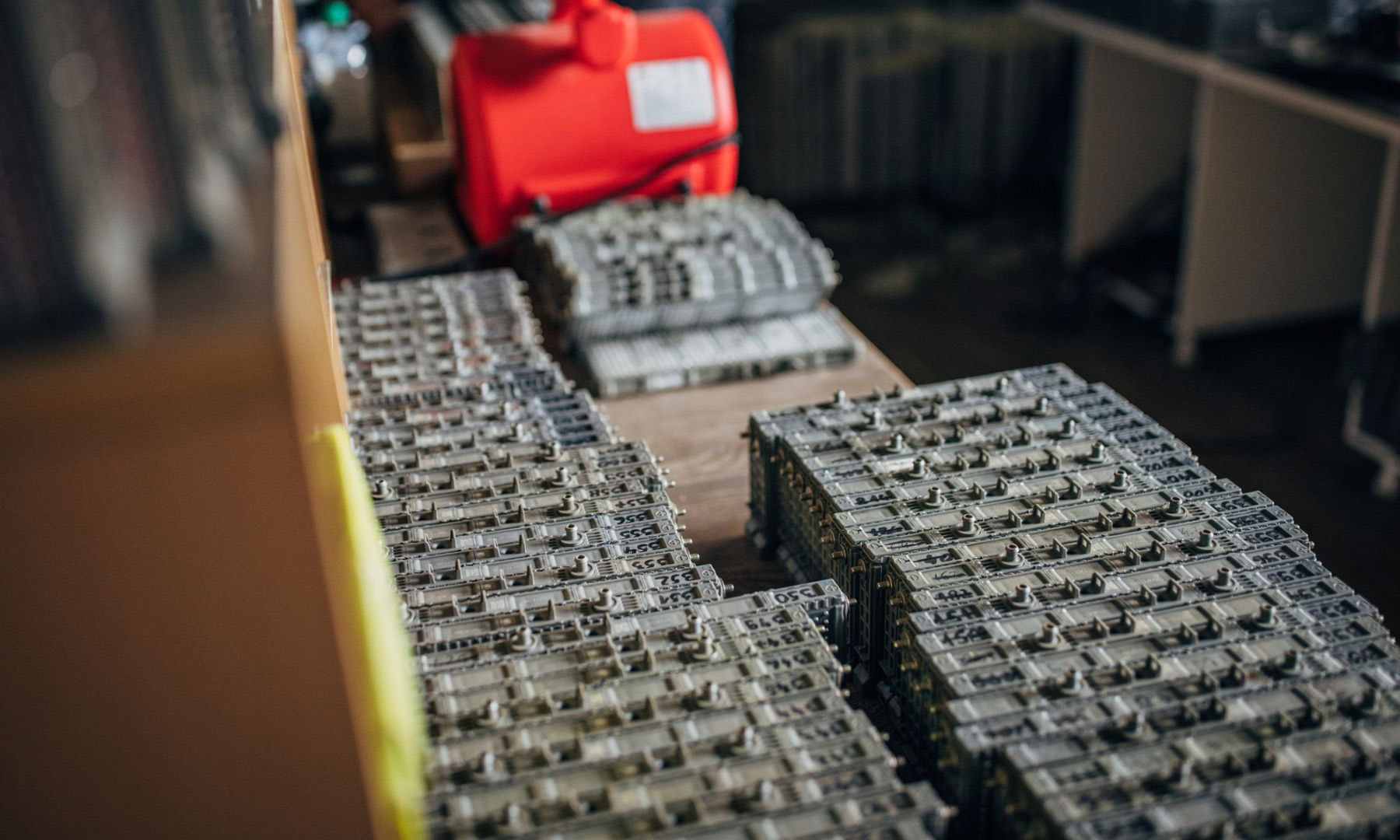Japan – Scientists have developed a method that can significantly restore the original capacity of batteries after they have degraded due to multiple charge-discharge cycles.

Lithium-ion batteries are the most common type of rechargeable battery today, powering vehicles and everyday items like electric cars, laptops, and smartphones. But over time, they lose their ability to store charge, become less efficient, and become less reliable. This is because they lose the charged particles, or ions, that help store and release energy inside the battery.
A team of experts at the Toyota Central Research and Development Laboratory in Japan found a way to replenish these ions and significantly restore the battery’s original capacity, Interesting Engineering reported on March 10. The new research was published in the journal Joule.
Specifically, they injected a special substance called a recovery reagent into the battery. This substance triggers a chemical reaction that creates more electrons and lithium ions. These are two types of charged particles that help batteries store energy. By adding these particles, the team was able to reverse the battery’s degradation process and restore 80% of its original capacity. The restored batteries can maintain their performance for 100 charge-discharge cycles.
The team tested the new method on a variety of batteries, including those used in cars. “The effectiveness was confirmed not only with small batteries in the lab but also with large batteries used in cars,” said Nobuhiro Ogihara, lead scientist of the study.
The new method could extend the life of lithium-ion batteries, allowing them to be reused in electric vehicles or other devices instead of being thrown away or undergoing complex disassembly and recycling. This saves money, resources, and is also good for the environment, as lithium-ion batteries contain rare metals such as cobalt and nickel, which are often mined in unsustainable ways.
However, the new method is not applicable to all types of degraded batteries, and is only effective on batteries that have lost ions due to repeated charging and discharging, not on batteries that have structural damage or other forms of degradation. Additionally, a method for accurately diagnosing the state of the battery to determine whether it is suitable for chemical injection is needed.
Longer-term studies are needed to understand the potential side effects and safety of chemical injection into batteries, according to Jacqueline Edge, an expert in battery degradation at Imperial College London. The team has filed a patent for the new method, which has attracted interest and funding from a number of companies and government agencies.


Related Posts